Ask AI on The Internet
Question: Assess the strengths and weaknesses of the evidence that the author gives in Document 1 to support the claims made about child labor and make it human, kind of short, and in proper paragraph form. Child labor is an urgent global issue. According to the Switzerland-based International Labour Organization (ILO), there are currently more than 215 million child workers worldwide, 14 million of them in Latin America. They work in agricultural fields, city markets and mines. More than 150 nations have adopted the ILO’s rules, establishing legal minimum working ages and promising to abolish the “worst forms” of child labor. However, Bolivia, Latin America’s poorest nation, still has the highest rate of child labor on the continent. Victor Chipani started working when he was 10 years old. For a few hours each day, he rounded up passengers to fill public minibuses in the impoverished city of El Alto, Bolivia. Now at 15, he does the job from 7am to 7pm, earning less than a dollar an hour. His tiny wage helps feed his eight siblings and pay for his night school. He hopes to attend medical school. Chipani doesn’t want anyone’s pity. He is part of a movement spreading across Latin America, where more than 100,000 children have organized unions to defend their right to work. They are demanding government protection and improved job conditions. He says: “United, we as child workers can achieve anything.” Noemí Gutiérrez, a 17-year-old leader of Bolivia’s union UNATSBO, which represents 15,000 children, says: “We’d all like a world where kids don’t have to work, but our current economic situation means we work illegally to help our families, and our rights ought to be protected.” In Bolivia, there are as many as a million child workers. They spend a few hours a day tending crops, shining shoes, wheeling loads through markets or assisting in carpentry shops. Most also attend school. However, although most are not frightened and abused, UNATSBO and its partner unions say there’s a problem. Hundreds of millions of children worldwide are working without legal protection. This makes them the world’s most vulnerable labor force. Someone, they insist, has to stand up for them. 16-year-old UNATSBO president José Guillermo Mamani says: “People pay us less because we are young. We are discriminated against, and no one is held accountable.” However, governments like Bolivia’s argue against regulating child labor, because regulation would essentially mean making child labor legal. Mabel Duran, Head of the Office for Child Labor Eradication, says: “We are not going to go in that direction. We are honoring our international commitments.” She adds that the government will continue to follow the ILO’s rules and not lower the working age. Therefore, unions like UNATSBO say they have to do what the government should do but won’t – protect child workers. The first child labor union was founded in Peru in the 1970s. Today these unions are present in eight Latin American countries. They receive financial support from non-governmental organizations (NGOs), often with adult social workers as advisers. All these unions require their members to stay in school. They set up projects to improve working conditions. In Ecuador, the union has organized cooperatives that provide better-paying jobs for children. Venezuela’s union has made agreements with buyers to pay fair prices for agricultural products farmed by children. In Bolivia, newspaper boys even held a strike to increase their pay. So, being realistic, while we cannot end child labor, we can and should protect children in work.
The author of Document 1 provides a mix of statistical, anecdotal, and organizational evidence to highlight the complexities of child labor and suggest ways to protect child workers. Statistics from the International Labour Organization (ILO) are used compellingly to underline the global scale of the issue, with 215 million child workers worldwide, including 14 million in Latin America. However, the numbers could be richer with comparative data or trends over time to better illustrate changes and impacts. Anecdotal evidence, such as Victor Chipani’s story, brings a human face to the statistics, showing the daily struggles and dreams of child workers. These narratives are powerful in evoking empathy but may not represent the broader spectrum of child labor experiences, thus limiting their generalizability. The mention of unions like UNATSBO and their initiatives to protect working children offers a practical perspective on child advocacy. This organizational evidence is strong in showing proactive measures taken to improve the conditions of child workers. However, the author lightly touches on the effectiveness and reach of these unions, which leaves questions about their overall impact. Counterarguments from government officials provide a balanced view, highlighting the tension between legal commitments and the necessity for child labor regulation. This dual perspective is a strength but could benefit from more detailed exploration of potential alternative solutions to bridge both approaches. In conclusion, the author effectively underscores the urgency and complexity of the child labor issue using varied evidence. However, the argument could be strengthened with additional statistical context, broader anecdotal contrasts, and a deeper analysis of solutions.
Think your answer is better than the AI's? Post it below.
Question Tags
If you want your question answered by an AI, click here.
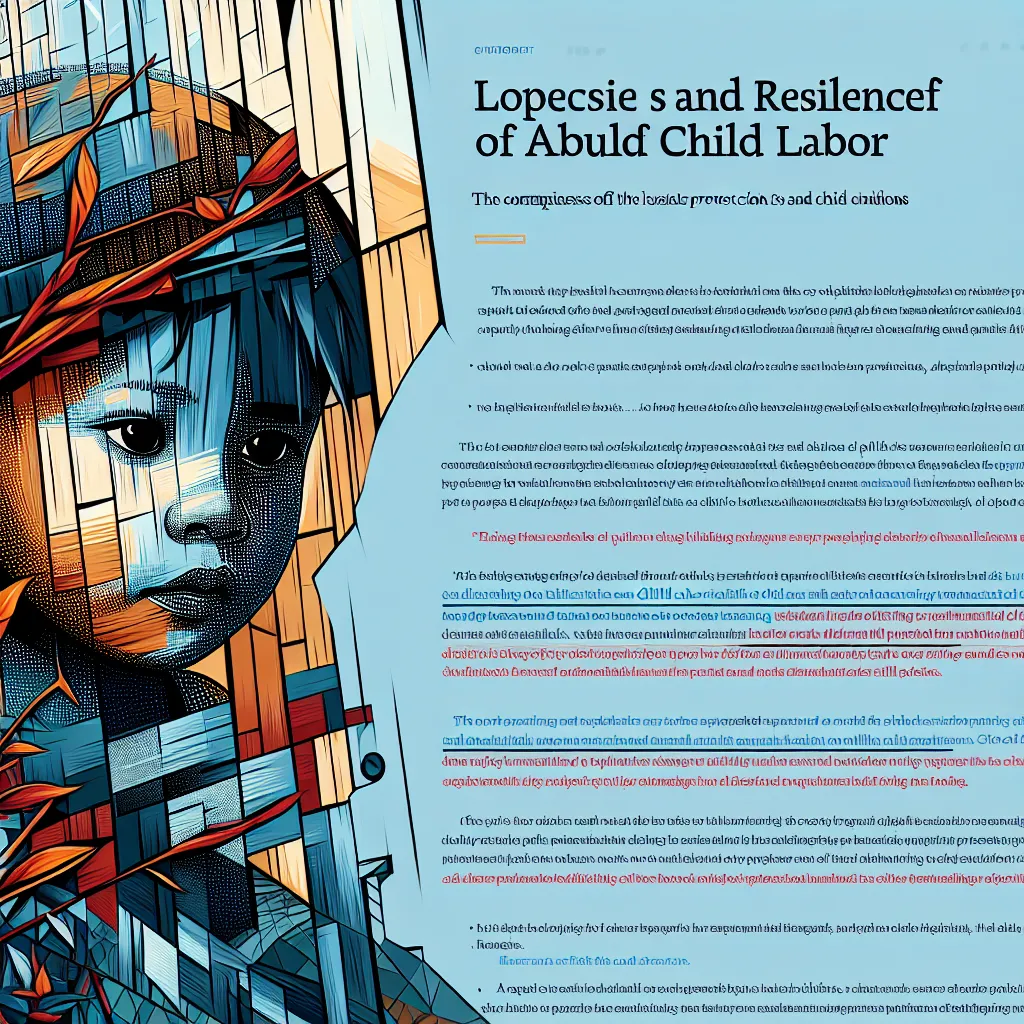
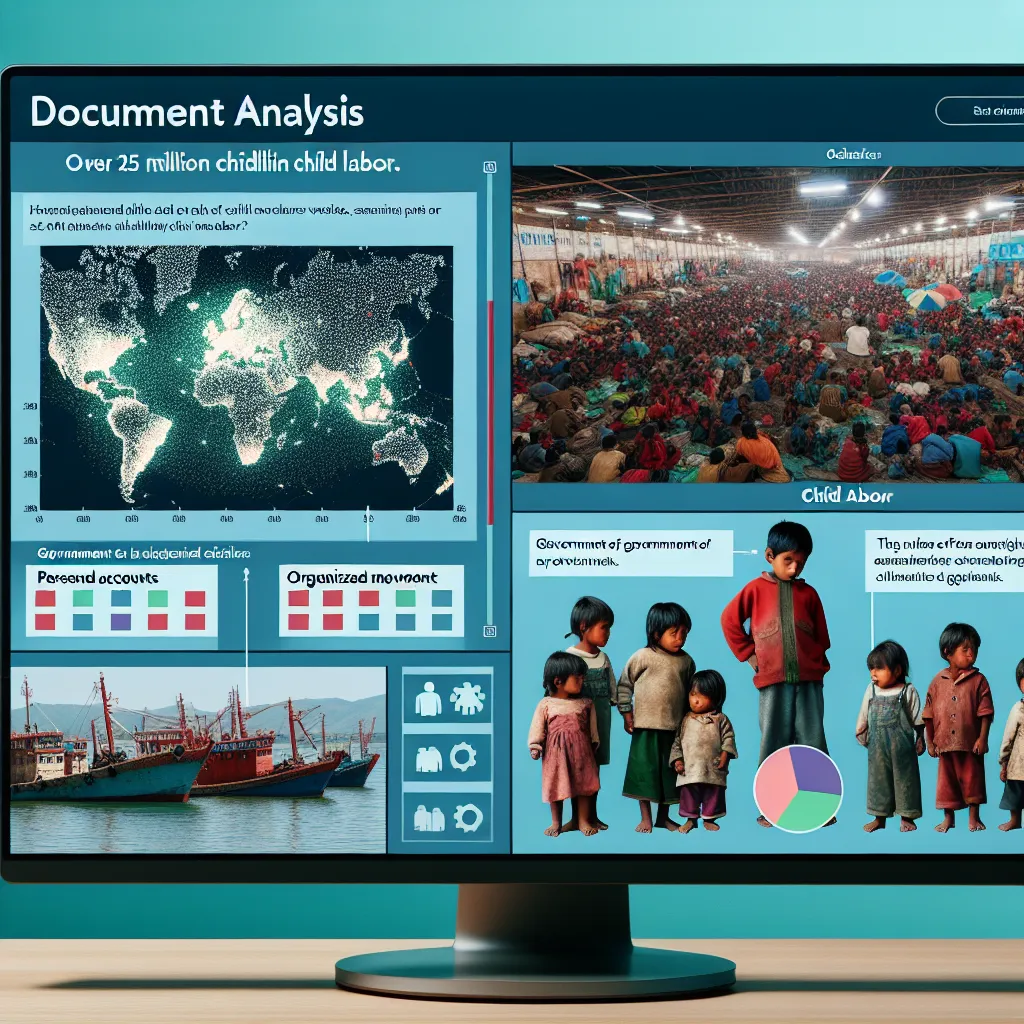
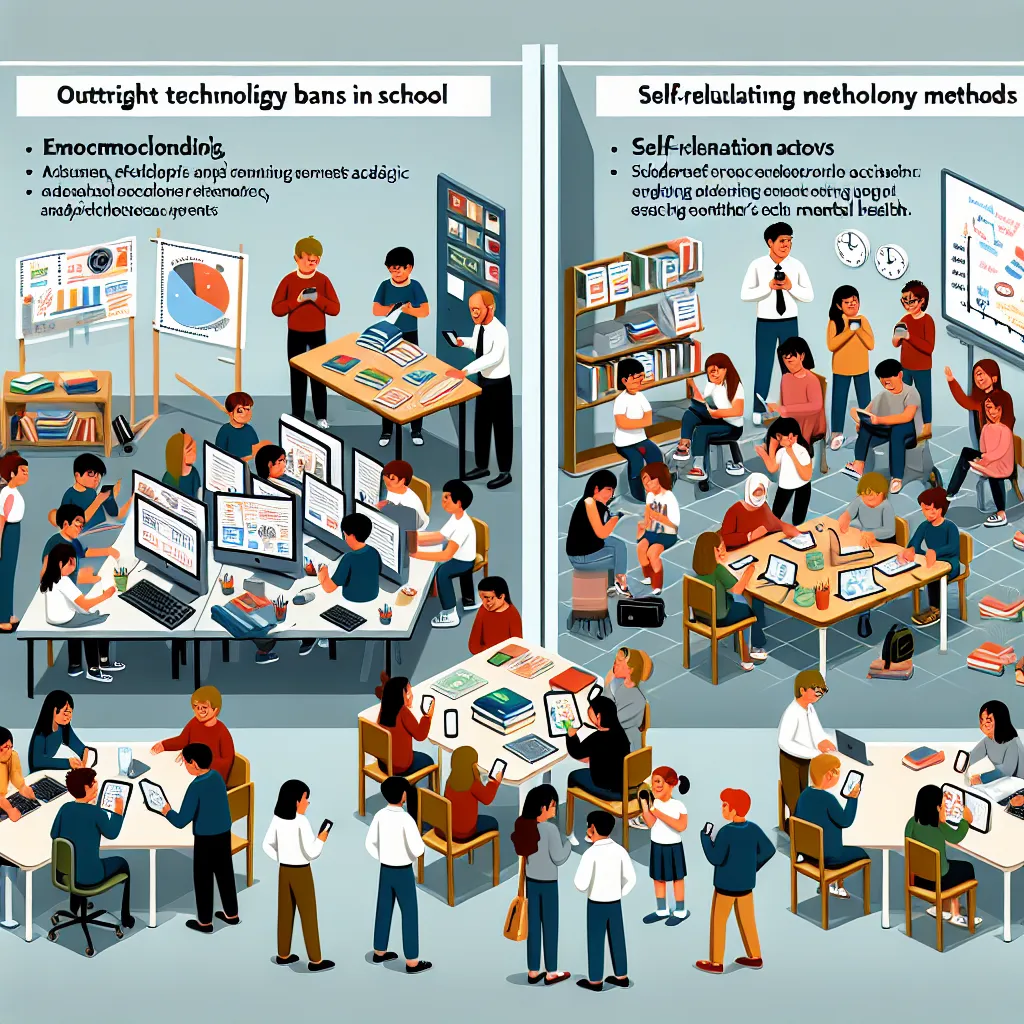
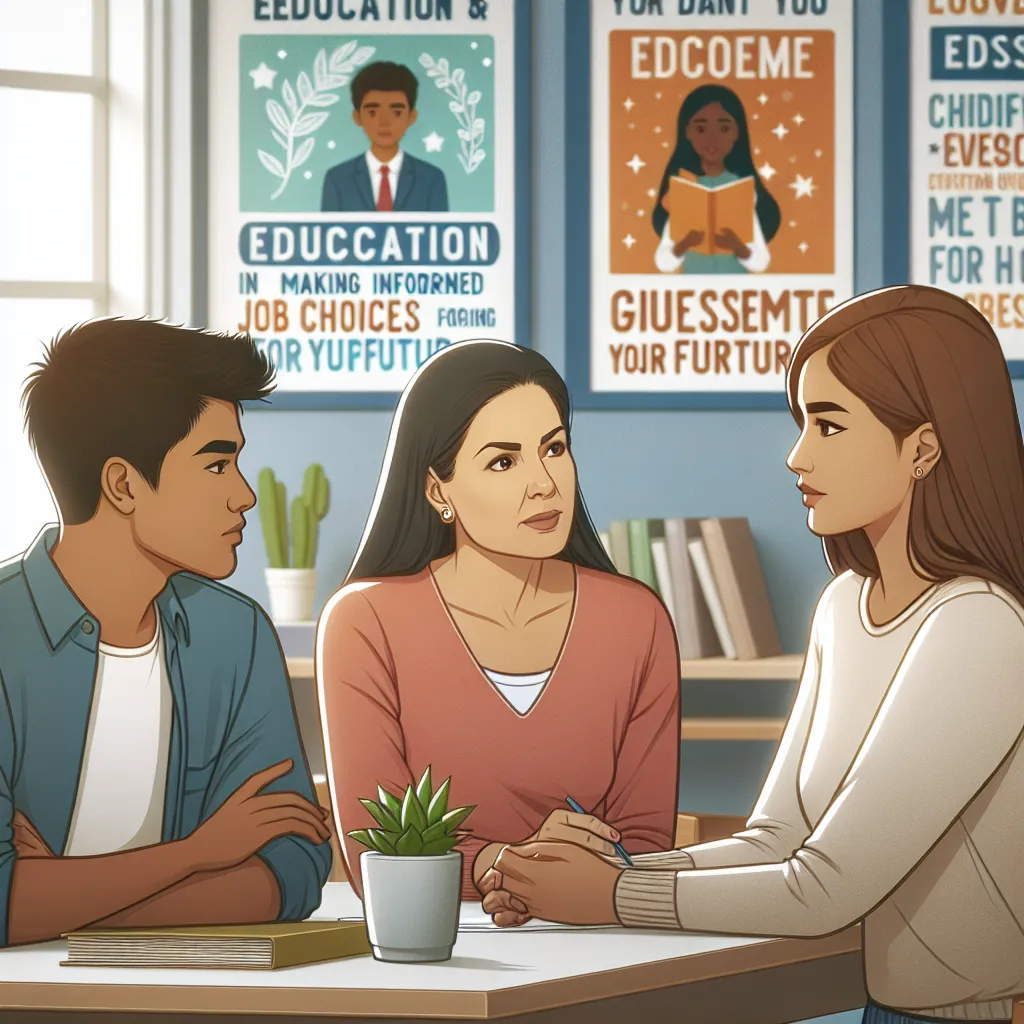
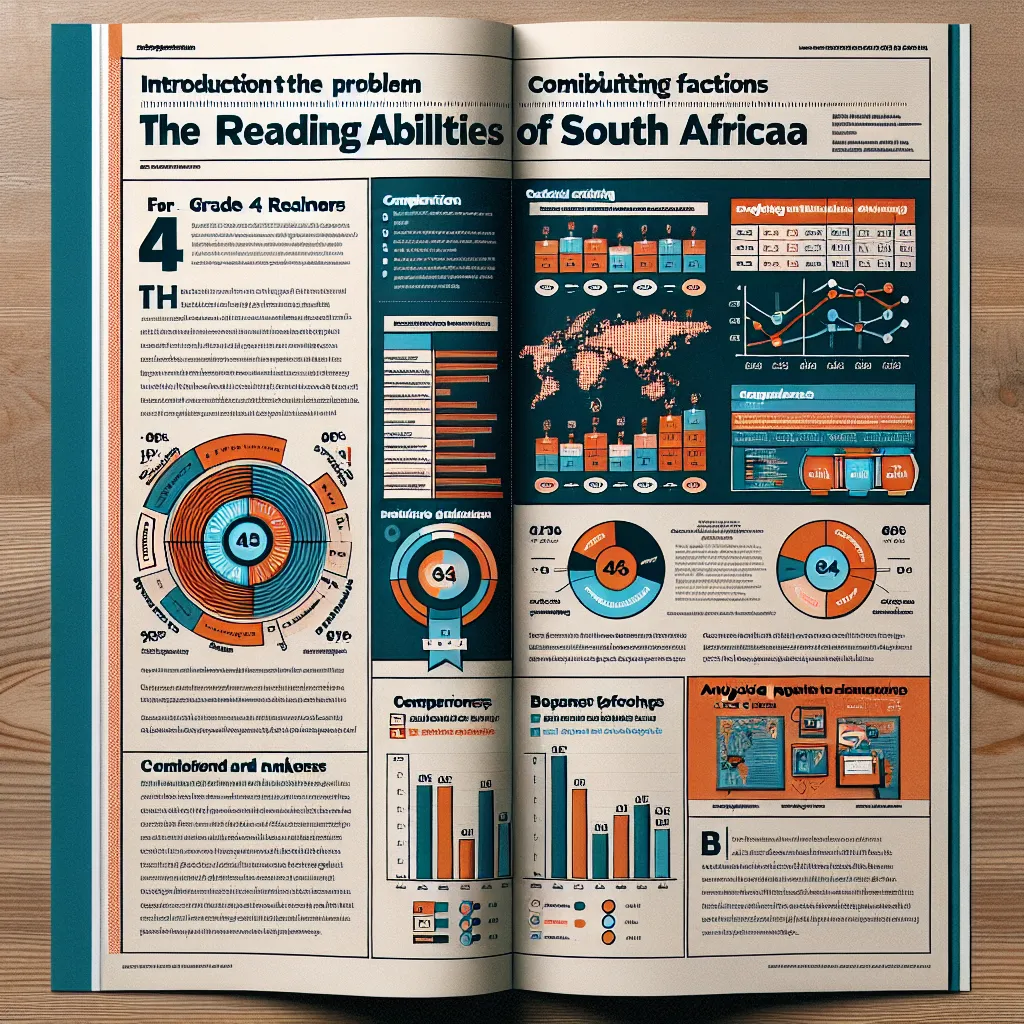


Post your own comment: